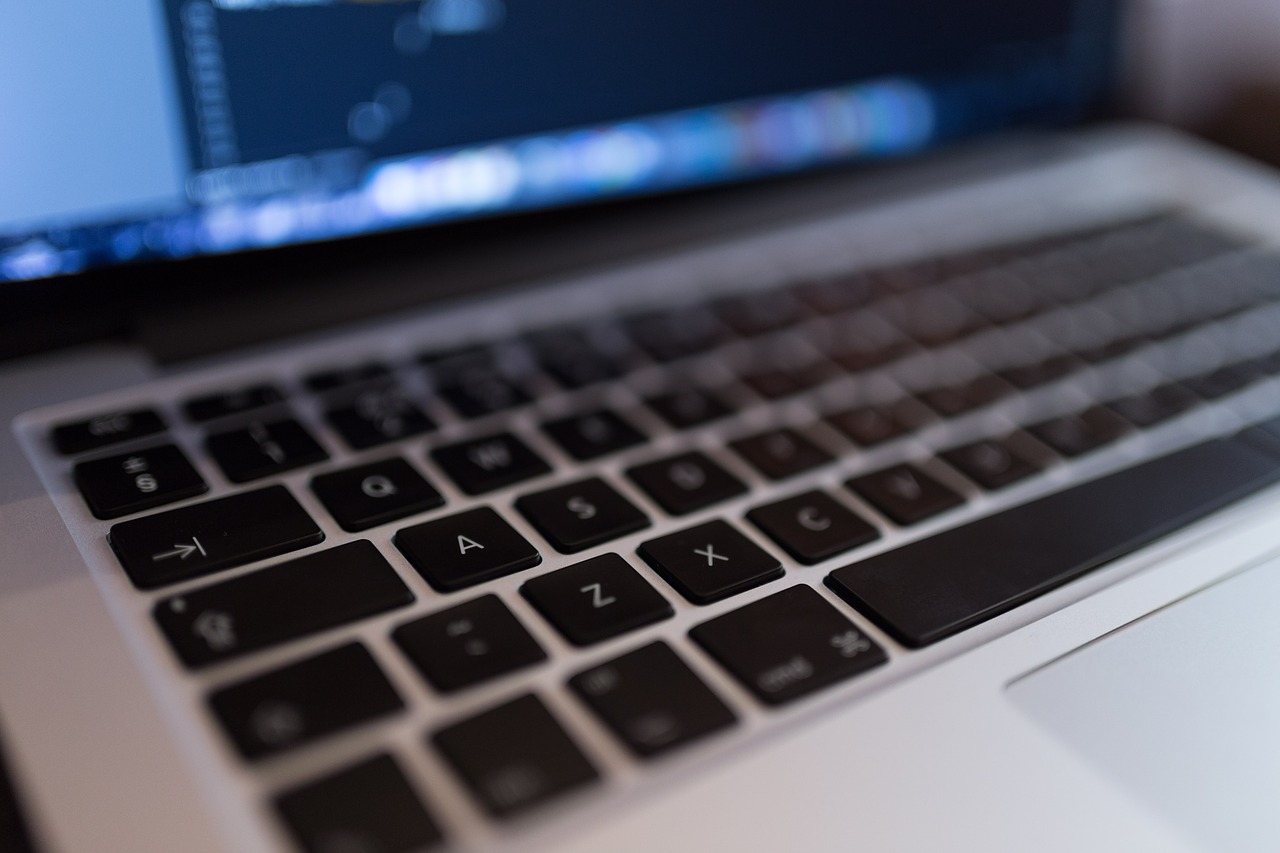 APPS
APPS
 APPS
APPS
 APPS
APPS
Over a year after releasing Jetpack Compose, a developer tool for helping developers build native Android user interfaces, Google LLC is announcing a new stable release with improved features that enhance performance and productivity for developers.
Google launched Compose in July last year with the vision to provide developers with a toolkit to allow them to rapidly deliver interactive, intuitive, Android-native UIs for apps with as little coding as possible. Its usage has grown by 50% since this year’s Google I/O in May across the top 1,000 apps in the Google Play Store, helping developers reduce the amount of code needed to write their apps.
The new stable release of Compose was announced at this year’s Android Developer Summit and the new features included baseline profiles to speed up app startup times, introducing Material 3 components, new Android Studio features to support Compose, and bringing Compose to Android TV.
Compose now supports a Bill of Materials, which simplifies how developers define library dependencies in one place, which makes it less error-prone when versions begin to differ. As a result, developers need only define one BOM version and all Compose library versions will be extracted from that.
The Jetpack Compose team will publish a new version of the BOM every time a Compose artifact has a new stable release, which takes the weight off developers to go look up each individual library and update them themselves. This also simplifies moving from one stable release to the next.
Instructions on how to add the Compose BOM to code have been added to the Quick Start Guide.
A number of new features were also added to Compose with this release including staggered UI grids which can be implemented with LazyHorizontalStaggeredGrid and LazyVerticalStaggeredGrid for layouts and drawing text directly onto a Canvas with DrawScope.drawText. For more text rendering, developers can add variable fonts to apps and change properties using FontVariation and add hyphenation using the LineBreak application programming interface.
To keep up with the newest iteration of Material Design with version 3, the design language developed by Android that helps produce beautiful, adaptable components and UIs. By integrating it into Compose, developers will be able to customize app colors, typography and shapes to make their UI components stand out – each element, such as buttons, cards, checkboxes, switches, and more will shift automatically to match themes set by the user.
Google has updated its sample apps, tutorials and codelabs to use Material Design 3 and released a new migration guide for developers to help teach them how to move from Design 2 to Design 3 using Compose.
Android Studio, the code development environment and editor, also received a number of updates and tools that will make it easier for developers using Compose. The Studio Dolphin stable release received animation coordination tools to make it easy to synchronize animations, better support for previews on multiple devices, and more. Live Edit has also been pushed into beta alongside live updates, which will enable developers to see what their UI code changes will look like in real time.
Finally, Google announced the first alpha release of Compose for Android TV. This will give developers a jumpstart on testing app designs for Android-based TVs using components such as Carousel and ImmersiveList, with more components coming soon. While this tool is in alpha, Google will be looking for developer feedback to fine-tune it to make better Android TV apps in the future.
Support our mission to keep content open and free by engaging with theCUBE community. Join theCUBE’s Alumni Trust Network, where technology leaders connect, share intelligence and create opportunities.
Founded by tech visionaries John Furrier and Dave Vellante, SiliconANGLE Media has built a dynamic ecosystem of industry-leading digital media brands that reach 15+ million elite tech professionals. Our new proprietary theCUBE AI Video Cloud is breaking ground in audience interaction, leveraging theCUBEai.com neural network to help technology companies make data-driven decisions and stay at the forefront of industry conversations.